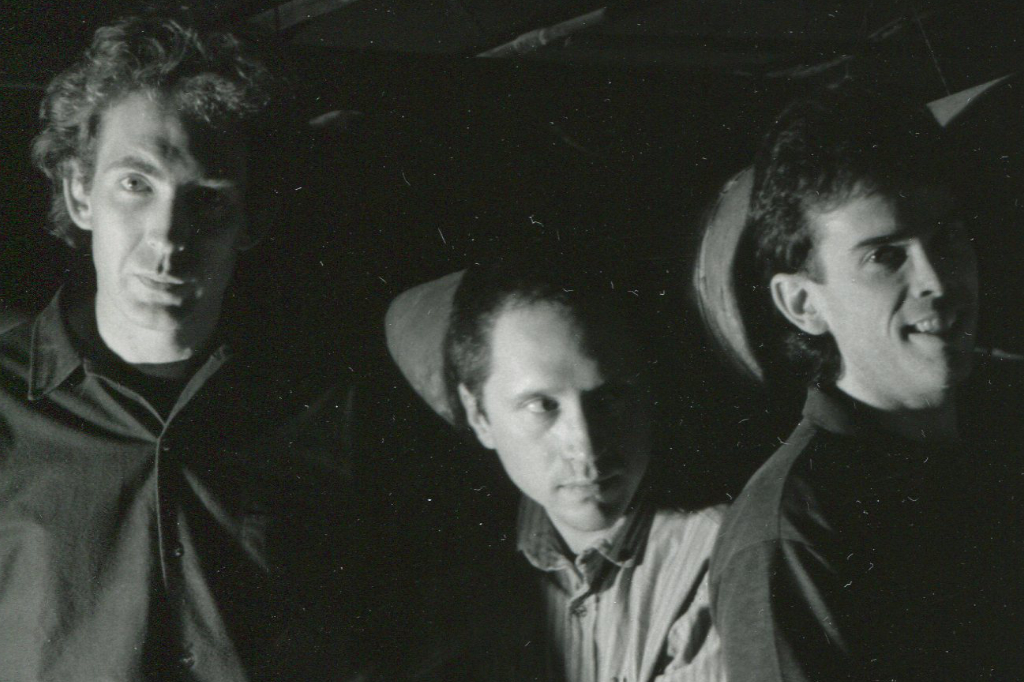MUSIC FOR MAY 2024
‘WHY THIS PASSION’
Depicting a lovers’ quarrel, the lyrics of “Why This Passion” never changed after I wrote it, in 1983. But musically, the song shifted shape quite dramatically — from rococo New Wave romanticism to something like punk to something less easily defined — during its long tenure in the repertoire.
I wrote “Why This Passion” for my band the Fashion Jungle, an ensemble distinguished by credible sorties into high drama. But the song’s ornate original arrangement ultimately proved too utterly utterly even for me. So after keyboardist Kathren Torraca departed and Dan Knight succeeded Steve Chapman on bass, I turned the song into a musical hot rod, stripped down and sped up.
We kept that chopped, channeled and supercharged setting when Steve returned to the FJ in 1987, and that’s the version presented here in a rough recording from a Geno’s Rock Club show (at the Brown Street location) in May of that year. Ken Reynolds plays drums, Steve is on bass, and I’m singing and playing my trusty “two-knob” Strat.
(The song would hang on through two more bands, bringing its stay in the repertoire to a total of 20 years. It evolved with the Boarders, whose dabblings in “world music” inspired Jon Nichols-Pethick’s rolling tom-tom beat with its vaguely Middle Eastern feel. That propulsive rhythm worked so well, in fact, that Howling Turbines, with “Rumblin’ ” Ken Reynolds back on the drums, made sure to keep it. Gretchen Schaefer was the bassist in both combos.) — by Doug Hubley
Hear it below! Buy it on Bandcamp! (“Why This Passion” copyright © 1985 by Douglas L. Hubley. All rights reserved.)

